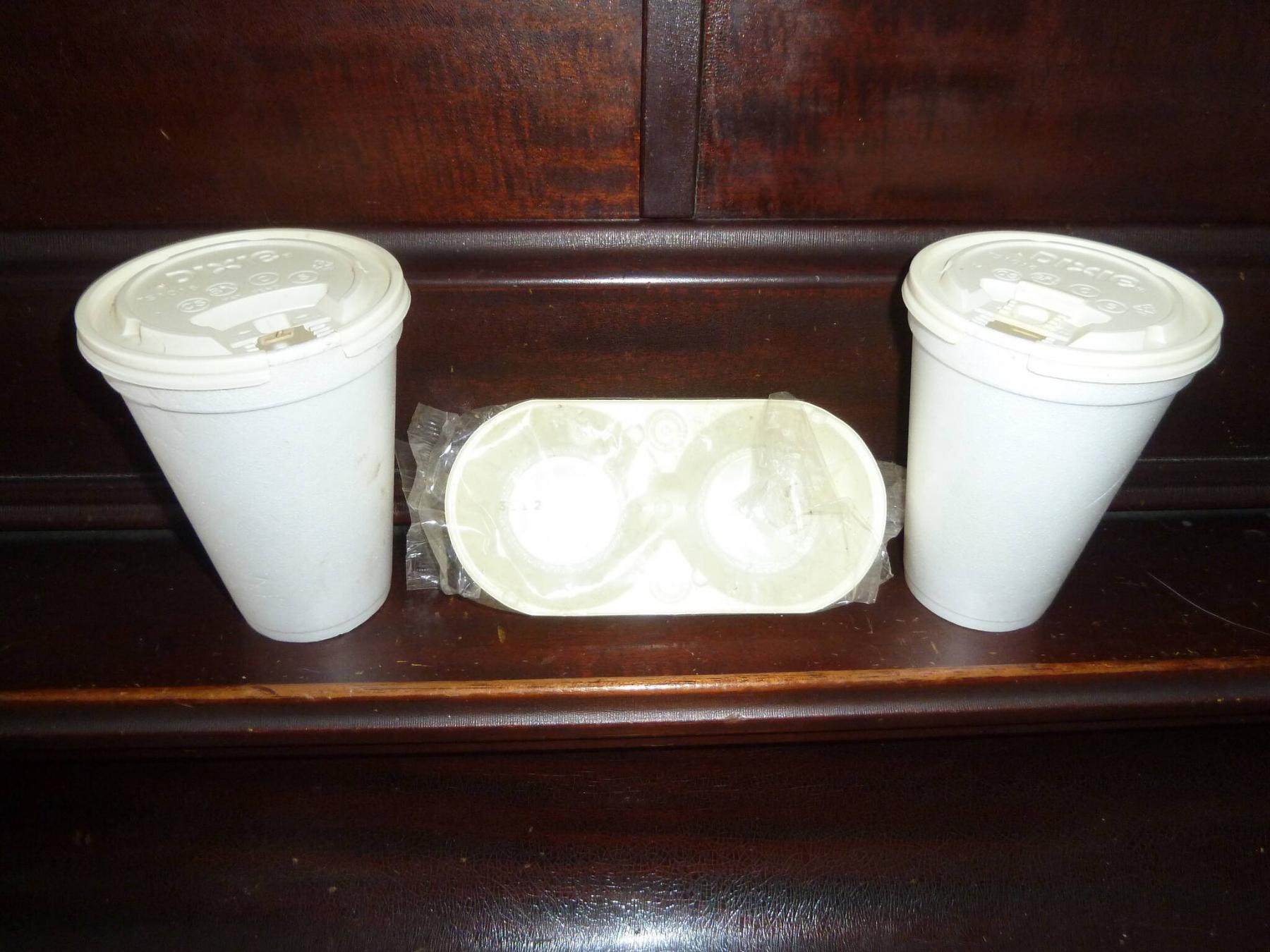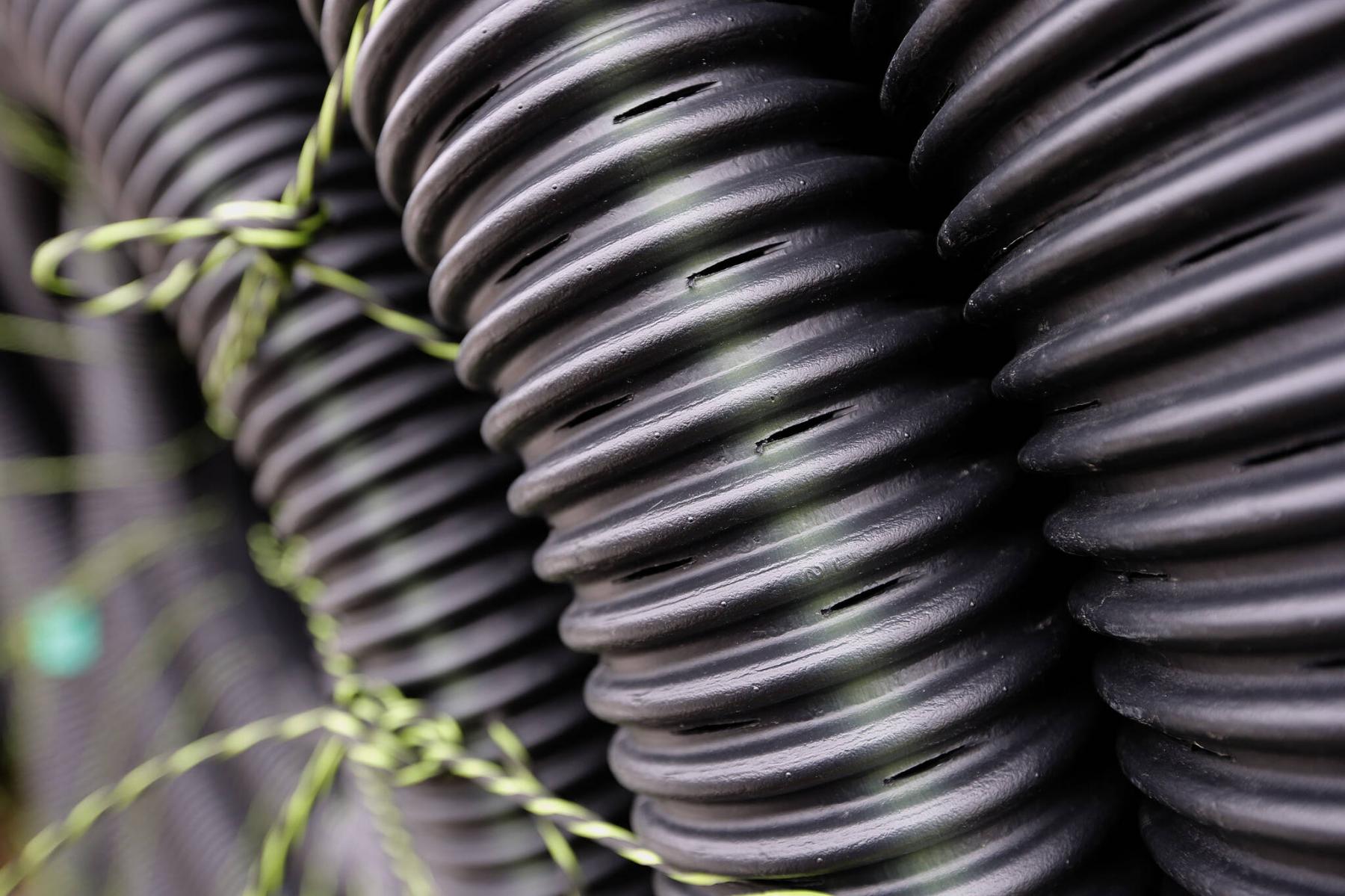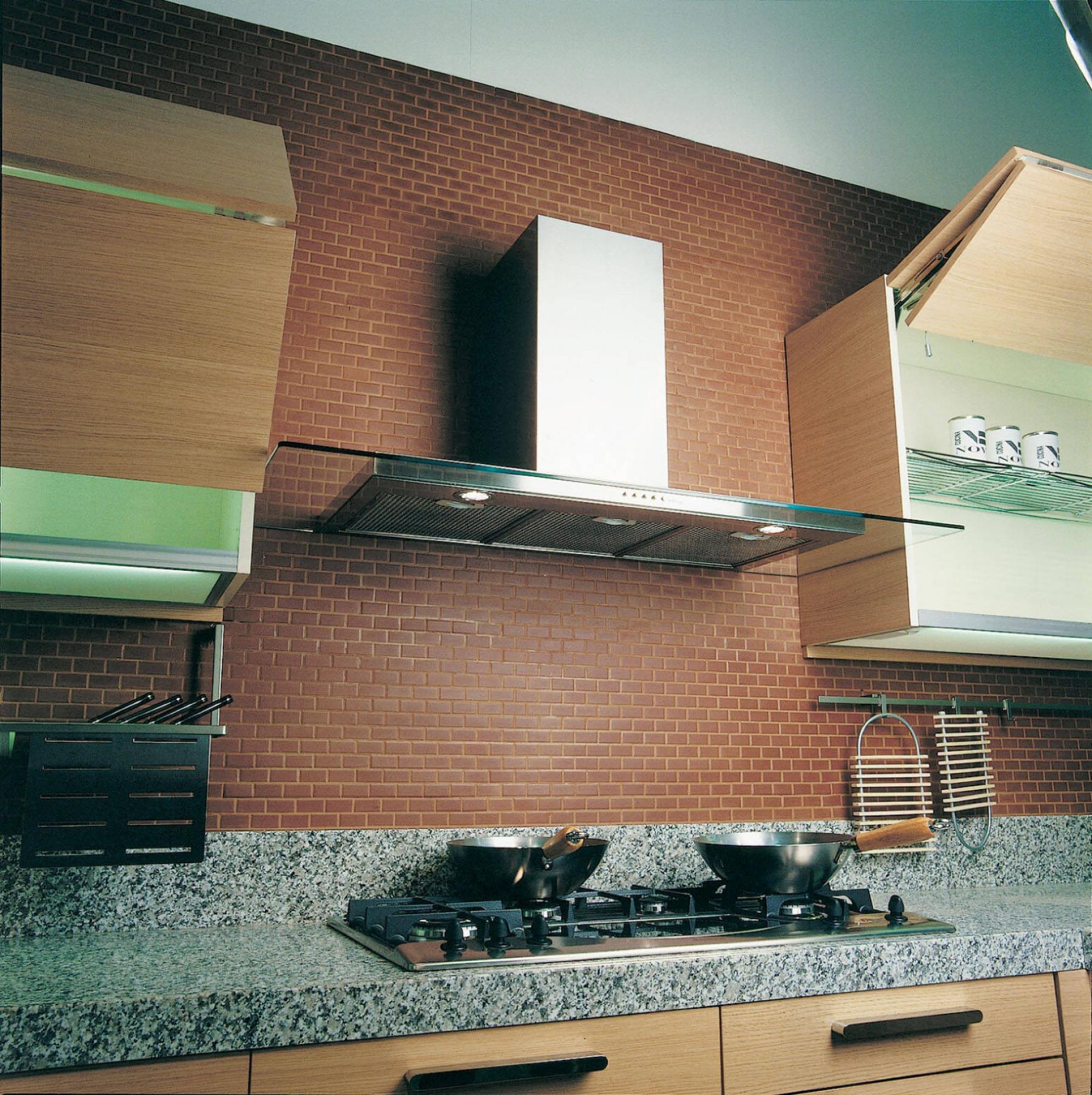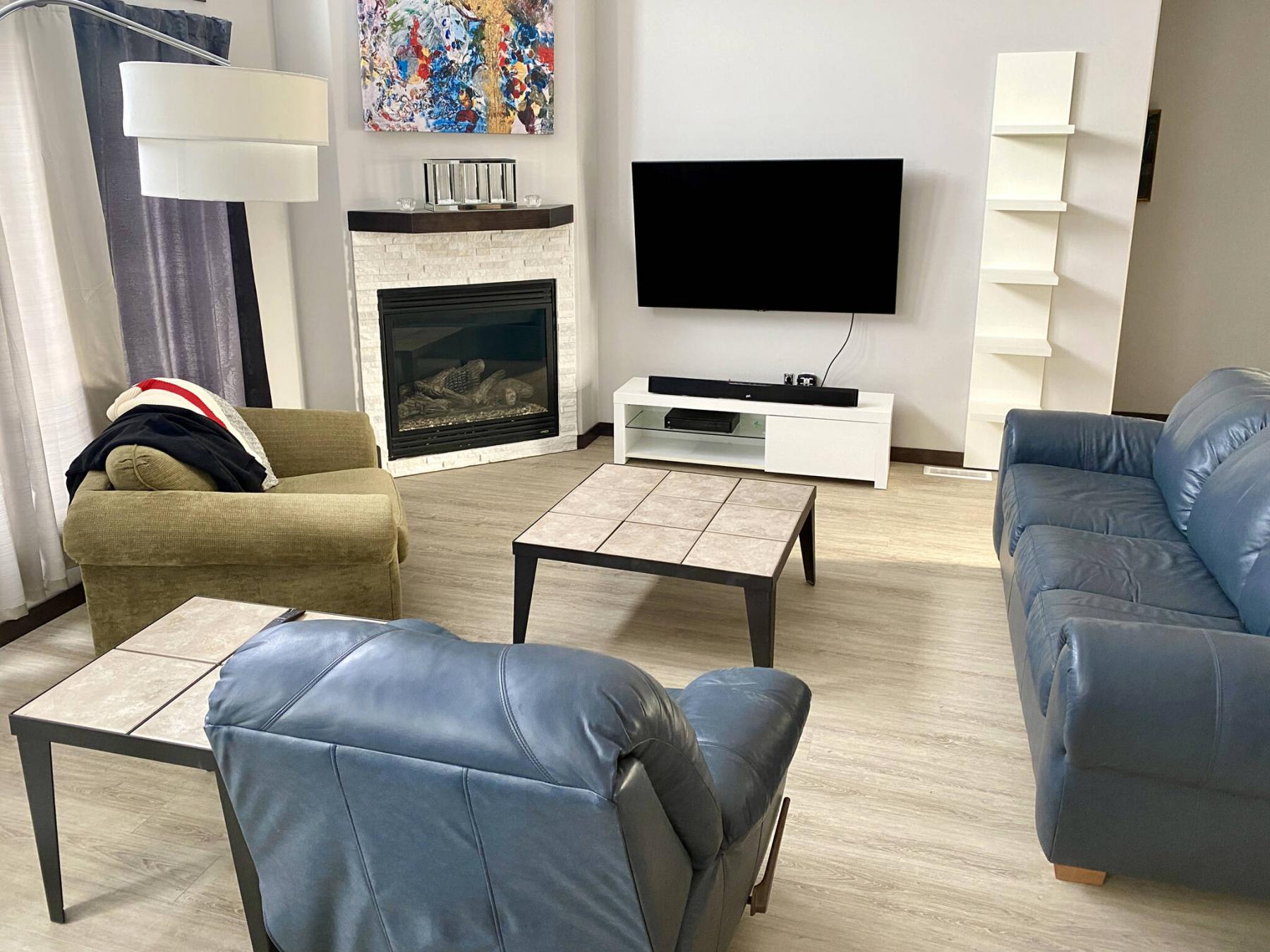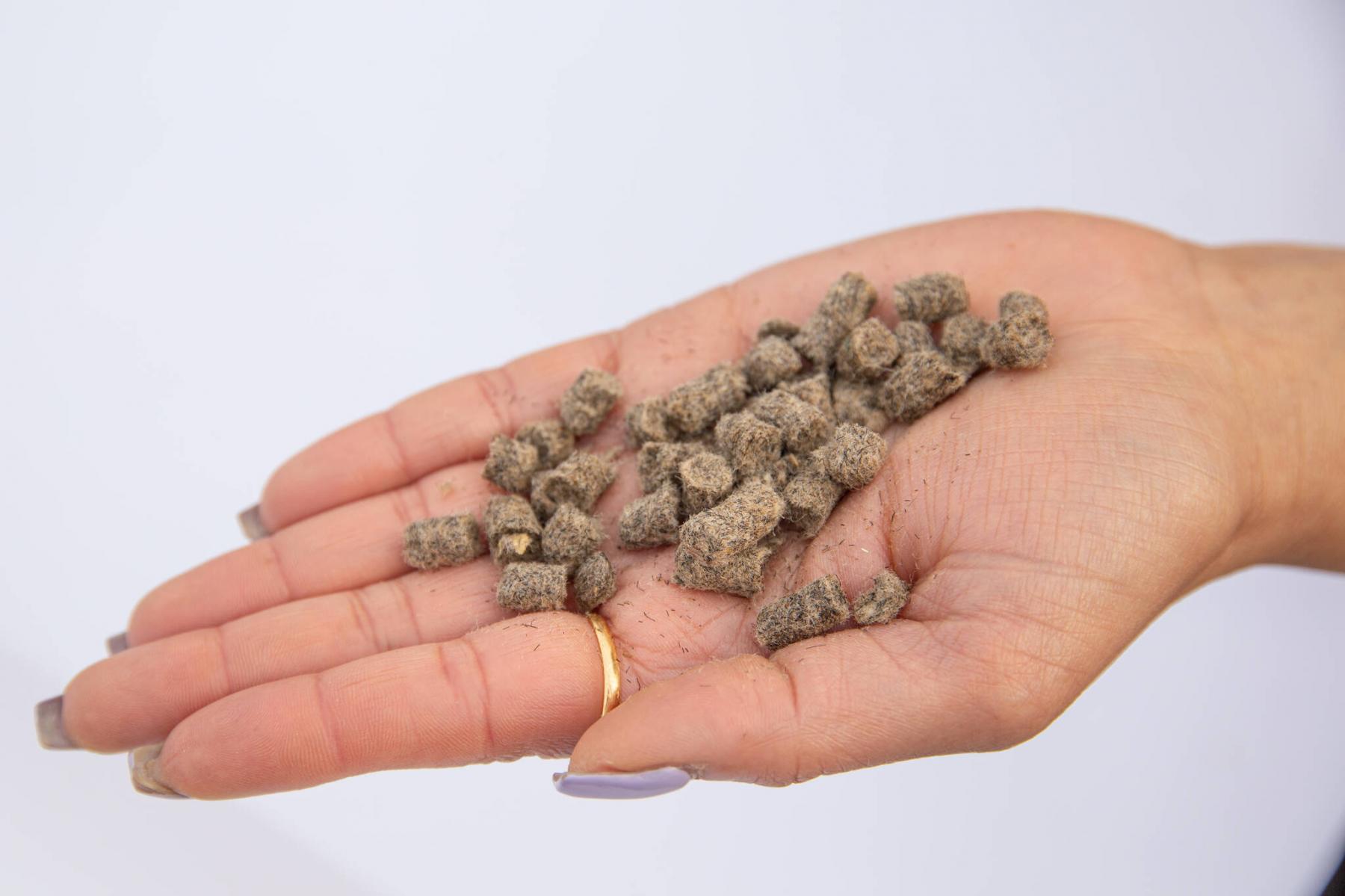Renovation & Design
Renovation & Design
Heatproof spray paint can perk up glass lamp
Question: I hope you can help me with this problem. I presently have a set of lamps that were given to me by my late parents. They have a glass base and I wonder if they can be painted, as we have changed our decor and colours. If so, what type of paint might be used? Thank you! Leslie
Answer: Yes, you can absolutely paint the glass base! Begin by unplugging the lamp and cleaning the base with plain old dish soap and water. Dry and cover any electrical wires. Spray on heatproof paint in the colour of your choice.
Question: I like to use butter when I make grilled cheese sandwiches, but I store my butter in the fridge. When it comes time to make sandwiches, the butter is too hard. Any substitutes other than margarine would be greatly appreciated. Warren
Answer: Spread bread with mayonnaise instead of butter. It’s so much easier and the flavour is delicious. You will notice that each sandwich comes out nice and crisp.
Question: I have blanched cabbage leaves which have been frozen and I now want to make cabbage rolls with them. Can I make cabbage rolls without cooking them first, and refreeze them to cook at a later date? Emily
Answer: There is a risk the thawed cabbage leaves will be a little soggy. Frozen cabbage leaves are generally best used for stir-fry dishes and soups. If you decide to make cabbage rolls, your best bet is to use fresh produce. When freezing cabbage rolls, it is wise to pre-cook them and then cool them slowly as not to damage the walls of the leaves. After preparing cabbage rolls, cool them on a paper towel (seam down) in the refrigerator. Chill overnight, uncovered. Individually wrap each cabbage roll with plastic and place all in a big sealable bag to freeze. To defrost, remove rolls from freezer and unwrap. Thaw in fridge overnight on paper towels (seam side down). Bake as normal.
Feedback from a Jets fan
I would like to pass along my recipe for perfect rice. Using a pot with tight-fitting lid, add one cup long grain, parboiled rice, one-and-three-quarter cups water, half a teaspoon of salt and one tablespoon Becel or butter. With pot uncovered, bring to a boil, stirring once or twice. Cover and lower heat to lowest setting. Cook for 20 minutes (no peeking). If all the water hasn’t been absorbed, cover and continue cooking for three to five minutes or longer. Let sit, off heat, for five minutes, then stir. Keep up the good work. Go Jets! Arden
Decorating for the holidays
Trim the tree with framed photos of memories. Inexpensive frames may be purchased at dollar stores or can be handmade.
Fill clear plastic ball ornaments with candy such as M&M’s, gummy worms or popcorn for guests and family to take home as gifts when leaving your place.
Paint single, burnt-out Christmas lights with glitter paint and hang them on the tree.
Gather pine cones, tie bows onto the tops and hang them on the tree. Spraying them with glitter paint can add an extra-special touch.
Create one monogrammed ornament for each visitor or family member, with a special message to that person written on the back.
Cut out gingerbread cookies and poke a hole at the top of each head so you can later add a ribbon. Bake, decorate and hang on the tree.
Note: Every user assumes all risks of injury or damage resulting from the implementation of any suggestions in this column. Test all products on an inconspicuous area first.
Have a great suggestion or tip? Please send an email. Reena Nerbas is a popular motivational presenter for large and small groups; check out her website: reena.ca.
info@reena.ca
Renovation & Design
Easy to concoct your own fabric softener
Question: Do you have a recipe for homemade laundry fabric softener? Dave
Answer: Here is an easy recipe using products you may already have on hand. Into an empty squeeze bottle, combine half a cup of your favourite hair conditioner with one cup of white vinegar and one cup of hot water. Gently stir. Add one quarter cup of homemade liquid fabric softener per wash load.
Question: I was wondering if you have a solution for removing Miracle Gro fertilizer stains that have dripped through pots and baskets onto concrete pavers. Our high-pressure washer doesn’t work. Your help would be greatly appreciated. Thank-you, Walter
Answer: Begin by pouring lemon juice onto the stained areas. Leave for five minutes and scrub with a stiff brush. Iron Out is a commercial product that has also proved successful, but test on an inconspicuous area first.
Question: Can you let me know why my roast beef shrinks so much after cooking and suggest a better way to cook it, so it doesn’t shrink?
Answer: The amount of shrinking depends on the type and cut of the meat. Generally, the leaner the cut, the less the meat will shrink; this is because leaner meats contain less water and fat. On average, a cut of meat will lose 20-25 per cent of its size during cooking. The longer you cook the beef, the more it will shrink. To reduce shrinkage, stew, braise or boil the meat.
Question: I cooked a turkey and used the drippings to make gravy. I poured the liquid from the roaster into a bowl and let it cool, and then I added flour and stirred it until it boiled. The gravy kept separating and would not thicken. Where did I go wrong? Sydney
Answer: There are many ways to successfully make gravy. I separate the fat from the drippings before adding flour or cornstarch. Pour the drippings into a cup or bowl and place it in the fridge. The fat will float to the top and become solid. Remove the solid fat from the liquid. In a pot, add flour or cornstarch to the liquid, and whisk. Heat and stir until the gravy thickens.
Question: How can I remove wax from winter gloves? Wanda
Answer: To remove wax from fabric, I’ve had success using an iron set on low to barely melt the wax. Sandwich the waxy fabric in between paper towels, and dab with the tip of the iron. The melted wax will be absorbed by the paper towel. Change paper towel often, and work slowly.
Inexpensive gifts to show you care
Personalized ornaments: Purchase glass or plastic ornaments then use a permanent marker to decoratively write the name of the recipient on the ornament. Write in pencil first to avoid mistakes. You can even create a collection with the names of every person in the family.
Photo gifts: A delightful gesture to show you put a lot of thought into the present. Take your favourite photo to a store where it can be transferred onto a gift such as a mousepad, mug, blanket or a canvas picture.
Repurposed furniture: Sand and stain or paint a chair, table or bench.
A variety of spices: Add spices to jars and creatively label each. Put the spices in a basket and wrap and decorate.
Note: Every user assumes all risks of injury or damage resulting from the implementation of any suggestions in this column. Test all products on an inconspicuous area first.
Have a great suggestion or tip? Please send an email. Reena Nerbas is a popular motivational presenter for large and small groups; check out her website: reena.ca.
info@reena.ca
Renovation & Design
Sump hose length vary depending on slope
Question: Could you please advise about winter sump hoses? How many feet long should a winter sump hose be? We have heard that they can freeze up if they are longer than 20 feet. We understand that if the hose is placed too close to the foundation the water that is pumped out will just sink back down into the ground and cause the pump to keep pumping, which could cause it to burn out. We want to place the hose safely and effectively, so that it will not cause freeze up or burn out the pump.
We are using a four-inch diameter discharge hose for the winter. We have placed 15 feet of hose along the side of the house, at a distance of four feet from the foundation, but water is still going on to the road beside us. Also, can you please advise what is the minimum amount of space that the winter hose should be placed from the foundation of the house? There is only about six feet between the side of our condo unit, where the discharge is located, and the street.
This seems to be a yearly problem, especially when there is a lot of late fall and early winter precipitation, until the ground freezes. Our neighbour has complained to the condo board! We did have a plumber come to investigate if the discharge could be moved to the back of the condo unit, but due to the location of sump pit, discharge hose, and furnace in the basement, this cannot be done.
So much appreciated!
Margo B.
Answer: Addressing sump pump discharge water in the late fall, winter, and early spring is definitely a challenge to prevent excessive ice buildup. Using a loosely secured, larger pipe terminating only a few feet away from the foundation, but dumping into a proper drainage swale, may be the answer to this dilemma.
You have identified an extremely common issue that happens to numerous homeowners in our area, especially when homes are newer, but older than about 10 years. The reason for the problem getting worse after that time is due to compaction and erosion of the original backfill and grading around the house. When a home is complete, the backfill is typically installed slightly higher than desired, knowing that it will compact significantly in the first few years after construction. Even with finish grading completed, typically with topsoil and sod installed over top, this area may rapidly drop in height for the first couple of years. Most lots around new homes are designed so the soil has a significant slope away from the foundation, especially on the side where the sump pump discharge is located. The adjacent neighbour’s homes should have similar slopes and together those should form good drainage swales.
Most swales should be sloping to the front or rear yard of the home, or both at the same time, with the highest point approximately half way along the side of the home. This is designed to direct excess water from precipitation, and the sump pump discharge, away from the foundation. If a small amount of water is present, it may easily be absorbed by the soil in the swale, itself. But, if that soil is saturated or frozen, or if the swale is not properly graded, the excessive water can pond and cause a large amount of ice buildup in cold weather. Once the weather cools below freezing all day, any new discharge water may overflow the yard onto the street or sidewalk, causing a safety hazard.
The typical solution to a problem like yours, is to regularly bring in new soil to build up the swale, to ensure good drainage to the front or back yards. This will distribute the water over a larger area, which will help with absorption. While this may work well in the warmer months, it may not be sufficient in the shoulder seasons when underground water is still draining into your sump, but the surface ground outside is frozen and unable to absorb the liquid water discharged. The good news is that this typically only occurs for a short period in the fall and spring and should be a temporary problem. It normally stops once the weather either cools sufficiently to stop filling the sump or warms enough for the ground to thaw.
There is no definitive length that a sump pump discharge hose should be, or distance from the foundation. This will largely depend on the height of the grading around the home, the proximity of other buildings, amount of vegetation, and location of driveways, roads, and sidewalks. You are exactly correct in using a larger discharge pipe for the winter, as that will prevent freezing, but only if it is loosely connected at the top and properly sloped. The loose top connection will let excessive water drain away, if the lower portion of the pipe becomes frozen or otherwise blocked. It is a frozen and blocked hose that will cause your pump to run continuously, eventually burning out, not being too close to the foundation. In fact, running a hose as long as yours should be closer to the foundation to allow for increased soil absorption. This may only work if the hose is perforated, to let some of the water drain into a larger area of soil, which may be a partial solution to your issue. Otherwise, talking to the condo board about regrading the soil next to your home, to prevent overflow easily dumping onto the road, should be your next undertaking.
Minimizing the amount of water that drains from the frozen soil adjacent to your home, onto the nearby road, may primarily be a grading issue and should fall under the partial responsibility of the condo board as a common element. Consulting the board to address the poor grading, which allows your sump discharge water to freeze on the road, may be the proper approach to resolving this issue.
Ari Marantz is the owner of Trained Eye Home Inspection Ltd. and a Registered Home Inspector (RHI)(cahpi.ca). Questions can be emailed to the address below. Ari can be reached at 204-291-5358 or check out his website at trainedeye.ca.
trainedeye@iname.com

